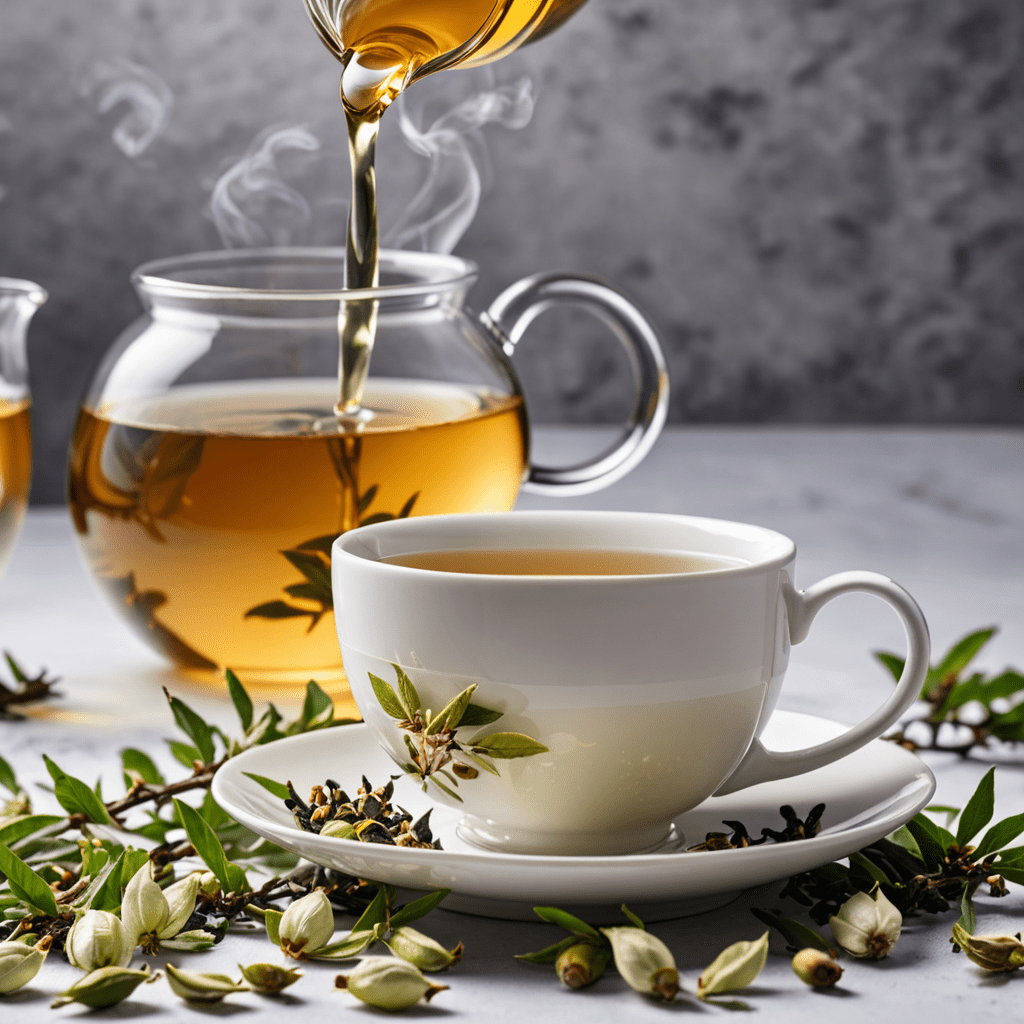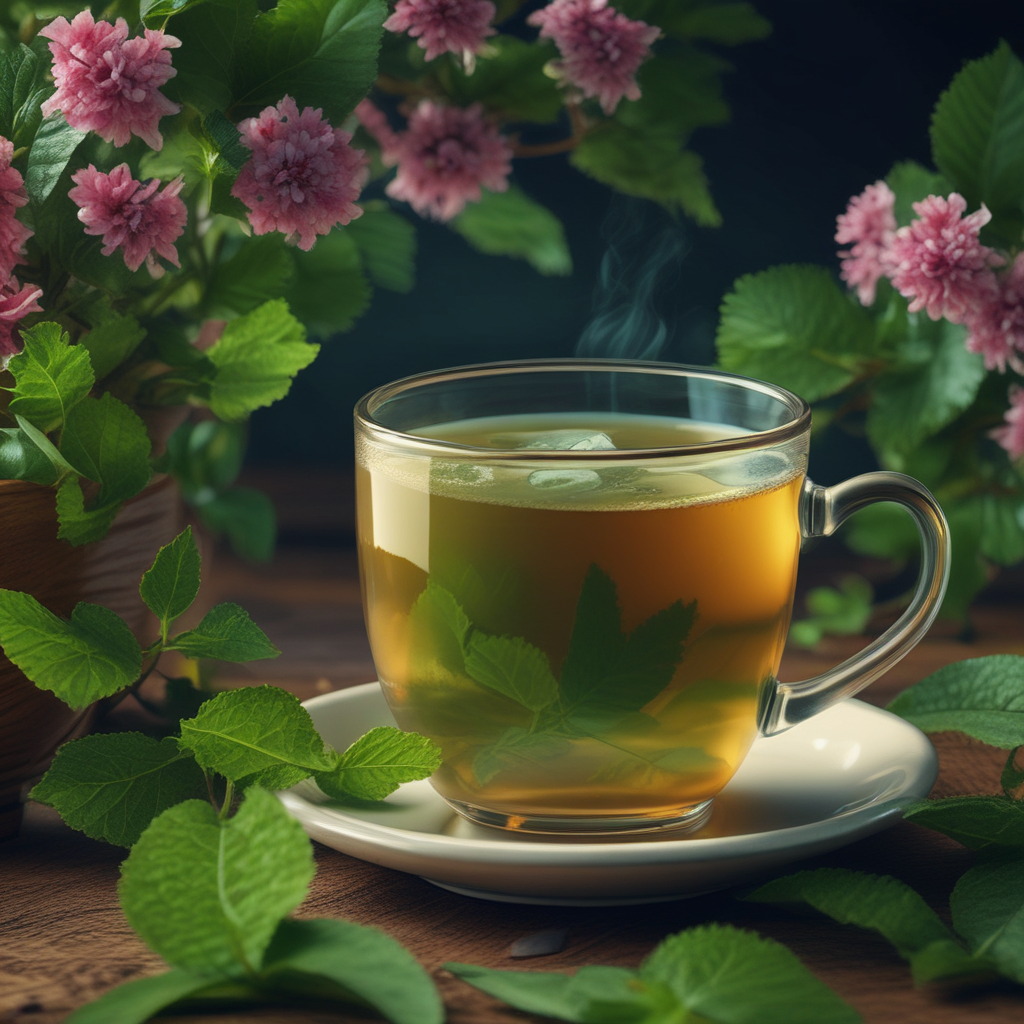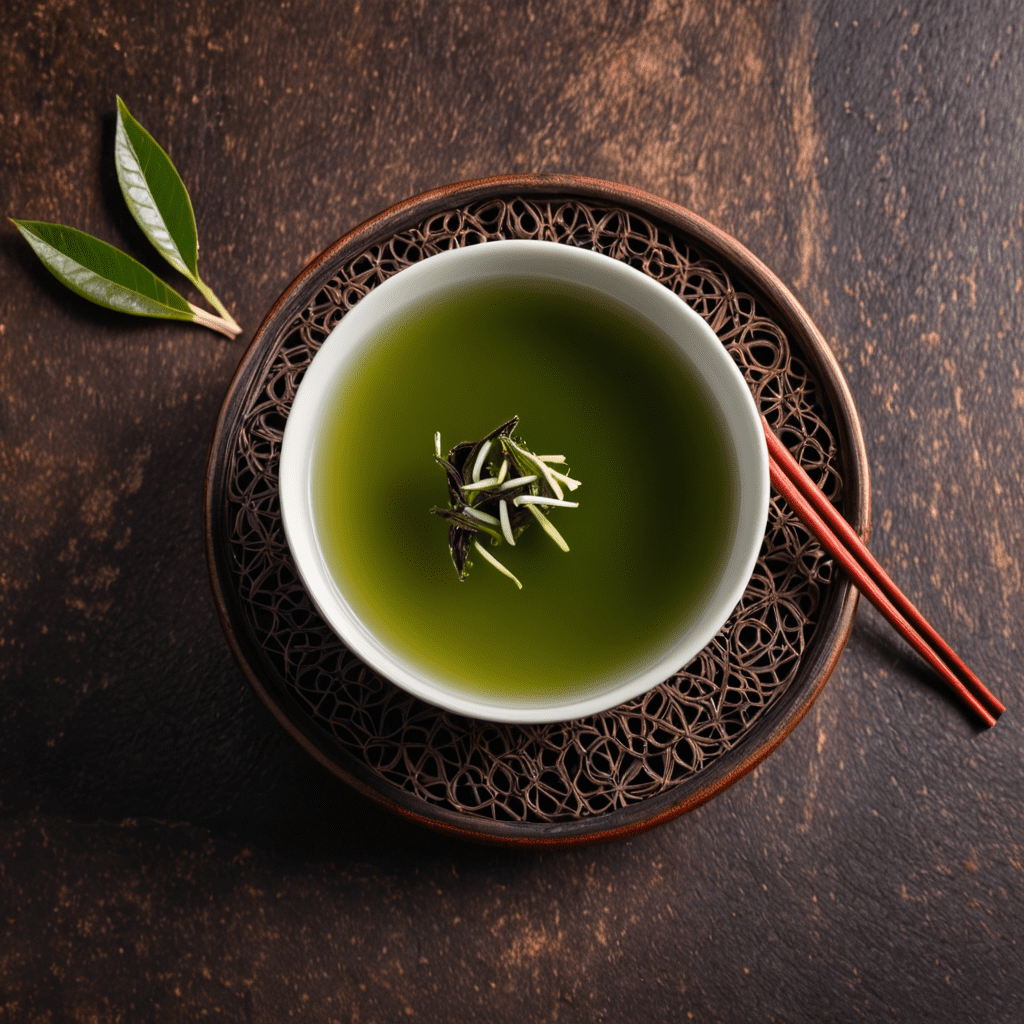White Tea: A Journey to Tea Bliss
Welcome to the serene world of white tea, where every sip takes you on a journey to tea bliss. Delicate and nuanced, white tea is a treasure trove of flavor and wellness benefits. Let’s delve into the fascinating realm of white tea and uncover the secrets of this elegant brew.
The Origin of White Tea
White tea has a rich history rooted in ancient Chinese traditions. It is made from the young buds and leaves of the Camellia sinensis plant, carefully harvested and minimally processed to preserve its delicate flavors. Traditionally produced in China’s Fujian province, white tea has captivated tea enthusiasts worldwide with its subtle taste and aroma.
Types of White Tea
There are several varieties of white tea, each offering a unique sensory experience. Silver Needle, also known as Baihao Yinzhen, consists of handpicked tea buds with a subtle sweetness. Bai Mu Dan, or White Peony, combines buds and leaves for a slightly stronger flavor. Other types include Long Life Eyebrow and Tribute Eyebrow, each with its own characteristics.
The Brewing Process
Brewing white tea is an art that requires precision and care. To preserve its delicate flavors, white tea should be brewed at lower temperatures (around 175°F) for a short duration. Allow the tea leaves to unfurl in hot water for a few minutes before savouring the gentle taste of white tea.
Health Benefits of White Tea
White tea is not only a treat for your taste buds but also a boon for your health. Rich in antioxidants and catechins, white tea offers a range of benefits, including improved heart health, enhanced immunity, and potential cancer-fighting properties. Sipping on white tea can be a delightful way to boost your well-being.
Pairing White Tea with Culinary Delights
White tea’s subtle flavors make it a versatile companion for a variety of dishes. Pair it with light pastries, fresh fruits, or delicate cheeses to enhance your gastronomic experience. The gentle notes of white tea can complement both sweet and savory flavors, making it a delightful choice for food pairing.
White Tea Around the World
While white tea originated in China, its popularity has spread globally, leading to the cultivation of white tea in regions like India, Sri Lanka, and even Africa. Each region lends its own unique terroir to white tea, resulting in diverse flavors and profiles for tea connoisseurs to explore.
Embrace Tea Bliss with White Tea
Embark on a journey of tranquility and taste with white tea. Whether you enjoy it for its subtle elegance, health benefits, or culinary versatility, white tea offers a symphony of flavors waiting to be savored. Indulge in a cup of white tea and experience the blissful harmony of nature in every sip.
FAQs About White Tea
What is white tea?
White tea is a delicate and minimally processed tea made from the young leaves and buds of the Camellia sinensis plant. It is known for its subtle flavor profile and light color when brewed.
How is white tea different from other types of tea?
White tea undergoes minimal processing, with leaves simply withered and dried. This gentle process helps retain the tea’s natural antioxidants and delicate flavors, distinguishing it from green, black, or oolong teas.
What are the health benefits of white tea?
White tea is rich in antioxidants, which can help boost the immune system, promote healthy skin, and possibly reduce the risk of certain diseases. It also contains minimal caffeine, making it a soothing and calming choice for tea lovers.
How should white tea be brewed?
To brew white tea, use water that is below boiling temperature (around 170-185°F) and steep the leaves for 2-4 minutes. This gentle brewing process helps preserve the delicate flavors of white tea.
What does white tea taste like?
White tea is known for its subtle and slightly sweet flavor profile. It often has floral or fruity notes, with a light and refreshing taste that is soothing to the senses.


